Niche is a word that has multiple meanings. Someone might have ‘found their niche’ if they have a particularly suitable job, for example. In ecology the word is a jargon term for all the environmental factors and interspecies relationships that influence a species. Clearly, this small word covers an almost unimaginably large set of interactions between an organism and its environment, including many other coexisting organisms.
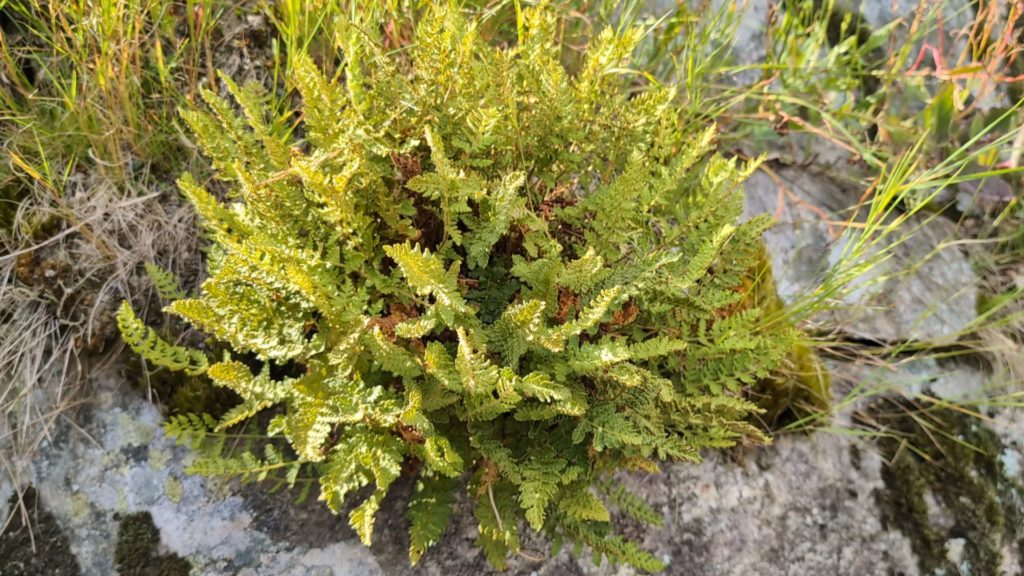
Building a better understanding of the niches of four plants in the Scottish Plant Recovery project – alpine blue-sow-thistle (Cicerbita alpina); whorled Solomon’s seal (Polygonatum verticillatum); small cow-wheat (Melampyrum sylvaticum) and oblong woodsia (Woodsia ilvensis) – was the aim of a team from the Botanics that spent a week in southwest Norway from 5 August 2024. The plants in question are all herbs and at least three of them (not the woodsia) appear to coexist in a tall herb plant community of woodlands and woodland edges. A common feature appears to be mineral waters flushing down a slope, but this is a tentative conclusion and more research and reflection on our records is needed.
Knowing which plants tend to grow together to form distinctive communities is really useful information if you are trying to build a mental picture of where to plant a species in the hope it might thrive and spread naturally. Measuring environmental variables like soil pH and local rainfall is time consuming. Lists of the most commonly associated plants in a particular plant community provide a quick and easy way to recognise a niche in the field. The most consistently found species can be treated as ‘indicators’ and they are the most useful species to look for when selecting planting sites.
As the Scottish Plant Recovery project moves increasingly to the planting phase, building our understanding of the niches our threatened plants need is vital if our planting (conservation translocation in the jargon) is to initiate a natural recovery.
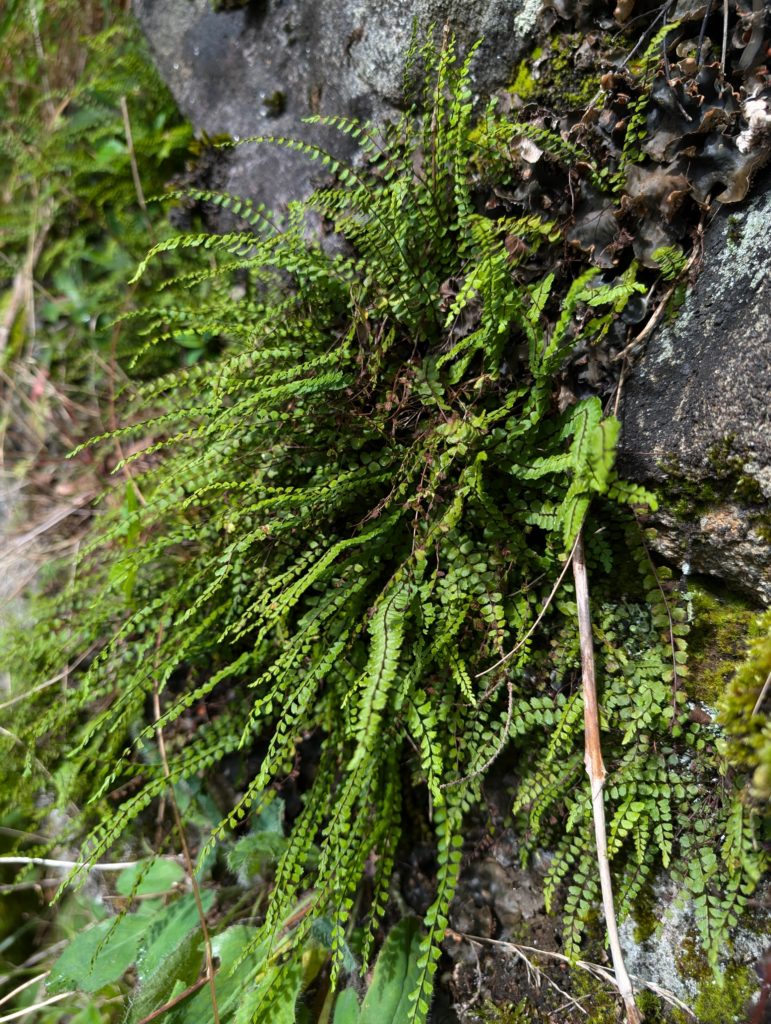
The primary aim of the fieldtrip was to gain experience of these species in the wild in order to build a picture of their niches. It is only with this knowledge that we can reliably search for suitable planting sites in Scotland. The team also collected valuable data on environmental conditions such as soil types and site aspect that will inform site selection.
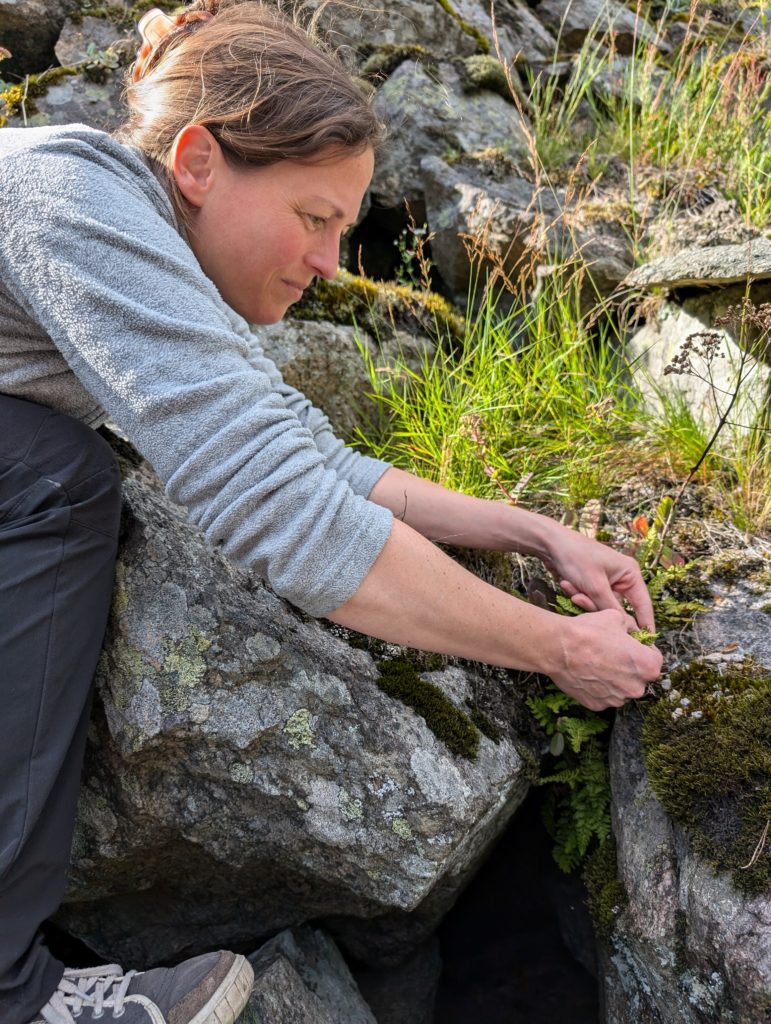
A secondary purpose of the trip was to collect seeds and spores (oblong woodsia is a fern and so produces spores) to diversify the genetics of the plants in the living collection at the Botanics. It will be the diversity of the ‘gene pool’ of a species, and the adaptability that this diversity brings, that will determine whether or not it survives and thrives or goes extinct.
The Scottish Plant Recovery project is ensuring a ‘deep’ gene pool by mixing plants from different populations in Scotland. Also, where required, due to low levels of diversity in Scotland, we are also adding plants from other countries to build diversity levels back up to something more sustainable. The Norwegian seeds and spores will be part of this ‘genetic rescue’ and the plants grown from them will soon be planted into suitable habitat in Scotland.
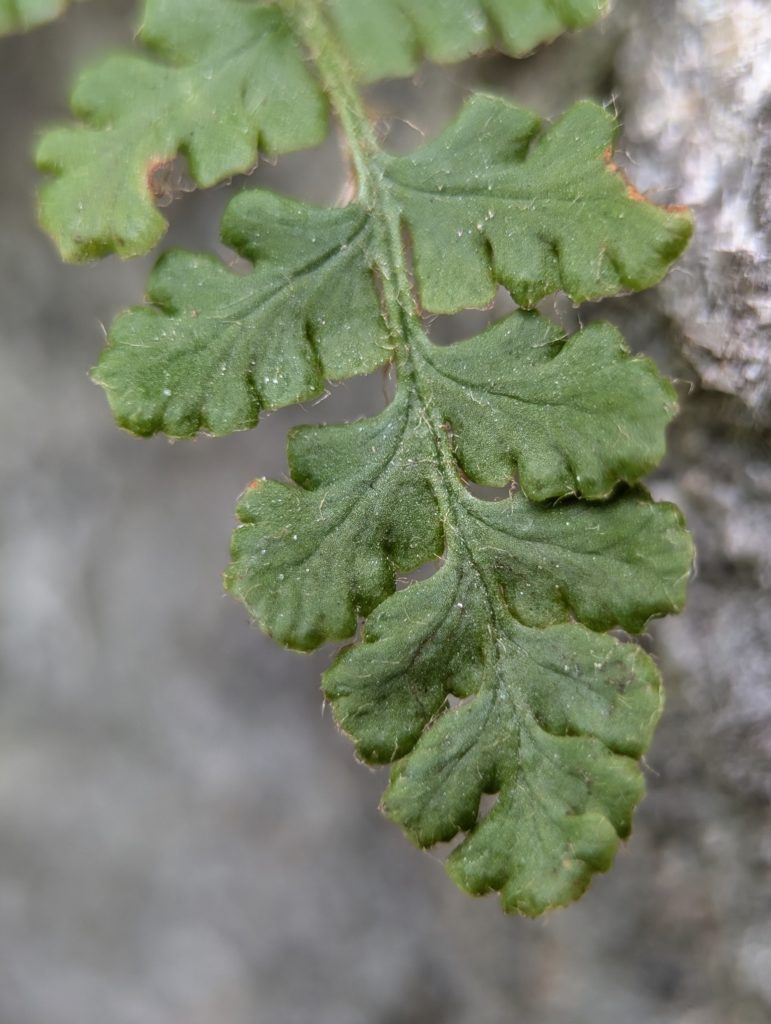
All of the genetic research and careful cultivation would be for nothing if the resulting plants were planted in the wrong niches. So, defining the niches as best we can is critical to the overall success of the project. Some species in the project’s list of 10 are rather more adaptable and forgiving. Others are downright fussy and have probably always been rare if their niches are also a scarce and limited resource.
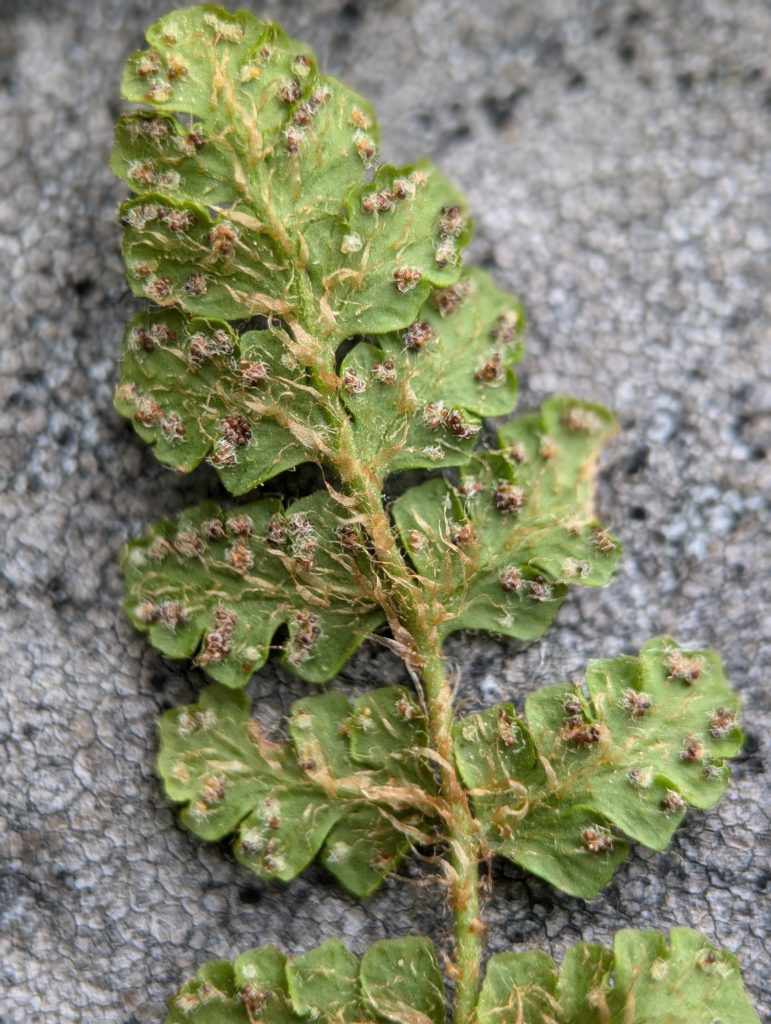
Oblong woodsia is an example of fussiness and a degree of inherent rarity. I wrote about the demise of this small fern in Scotland in the second half of the nineteenth century due to over collecting by Victorian fern hunters in a post called – Restoring a fern wiped out by collectors and botanists. Although much reduced in Britain, and apparently in decline here, Norwegian populations seem to be widespread and stable. This makes Norway an ideal comparison for Scotland and much can be learnt from seeing this fern growing wild there.
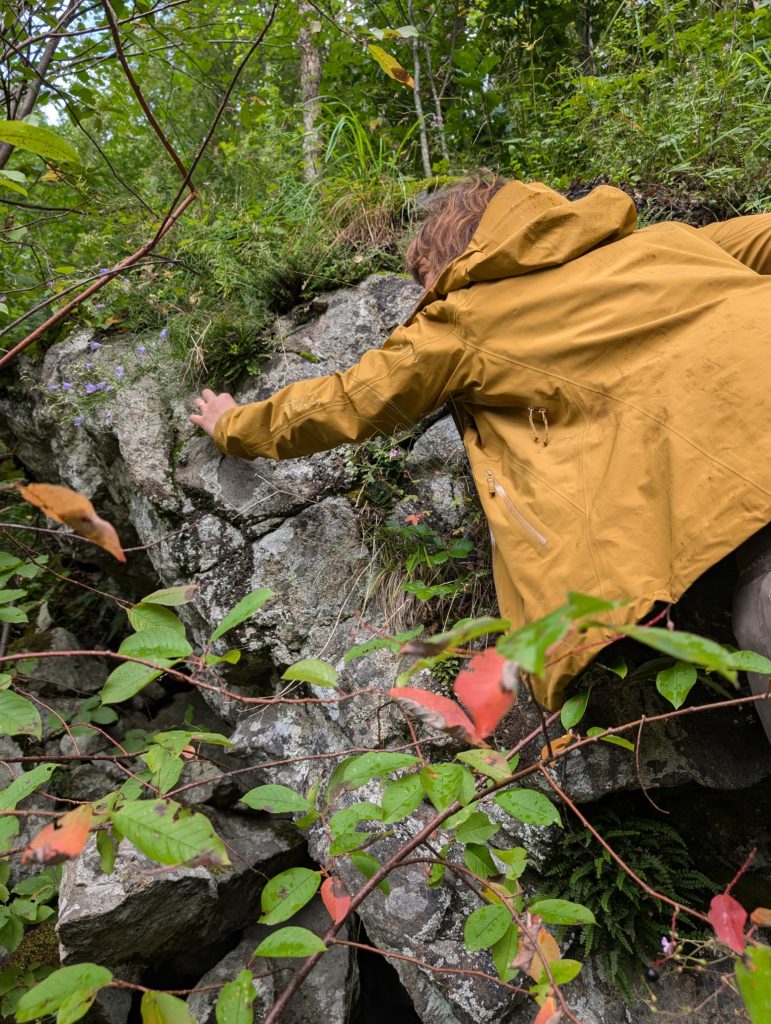
I speculated in the earlier post that oblong woodsia may need higher humidity than previously thought. This idea was partly driven by a historical note of a collection made in the Moffatt Hills in southern Scotland by John Sadler that makes mention of Wilson’s filmy fern (Hymenophyllum wilsonii) growing alongside the woodsia in a gully. Filmy ferns are only found in the most humid conditions and are therefore good indicators that high humidity is an important environmental factor. Further support for the idea that higher humidity is important comes from the fact that the only British population to be expanding is in Cumbria at Wasdale Screes in a humid, oceanic west coast climate.
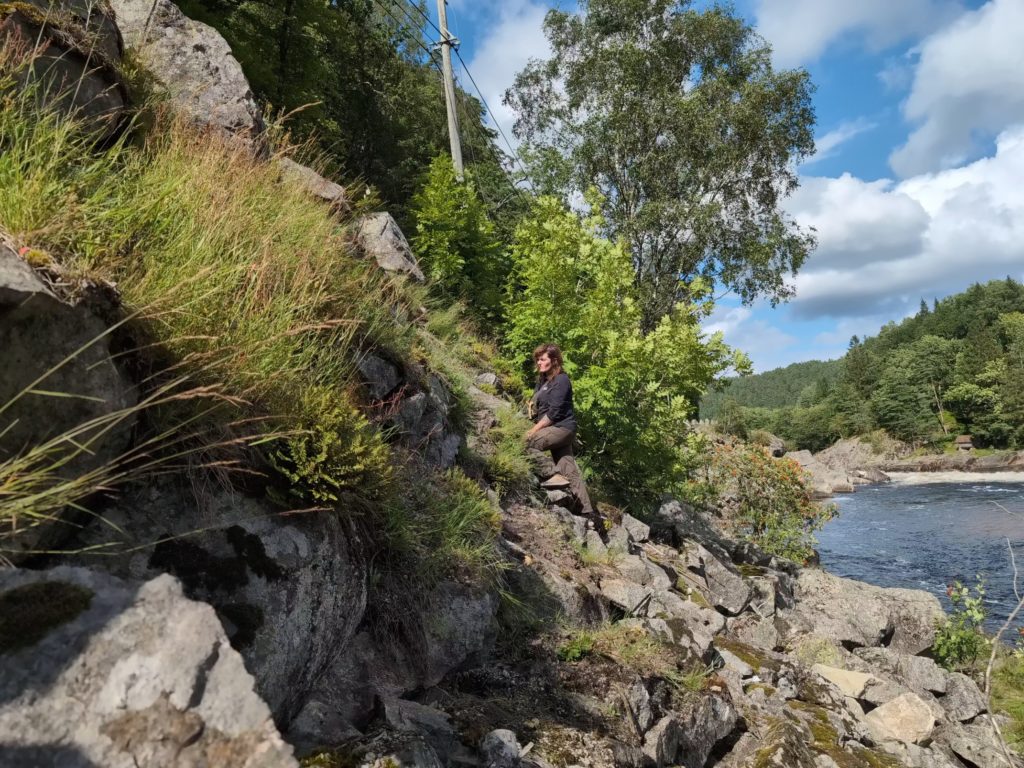
Observations in Norway support the role of humidity to some extent, but not as much as I had originally thought. At two sites where the fern was found it was growing in open habitat with no canopy cover or surrounding rock formations that might have created a humid microclimate. However, humidity would have been maintained at both sites by a north east facing aspect and the dominant adjacent habitat being broadleaved woodland. At the second site the river valley and proximity to water would also have helped to maintain humidity.
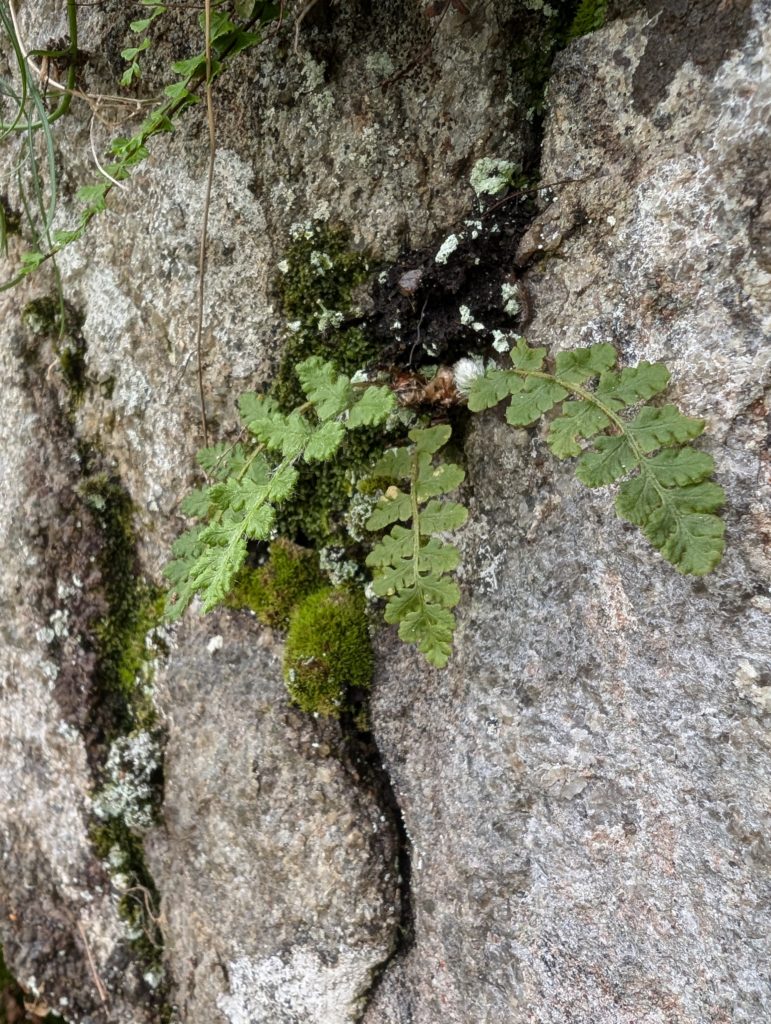
The second site where we found oblong woodsia had a much larger population of bigger plants growing on a slope composed of boulders and gravel between a road and a large river. A few plants growing beneath scrub encroachment were larger than those in a fully exposed position. However, few plants were growing in shade and no plants were found in deep shade.
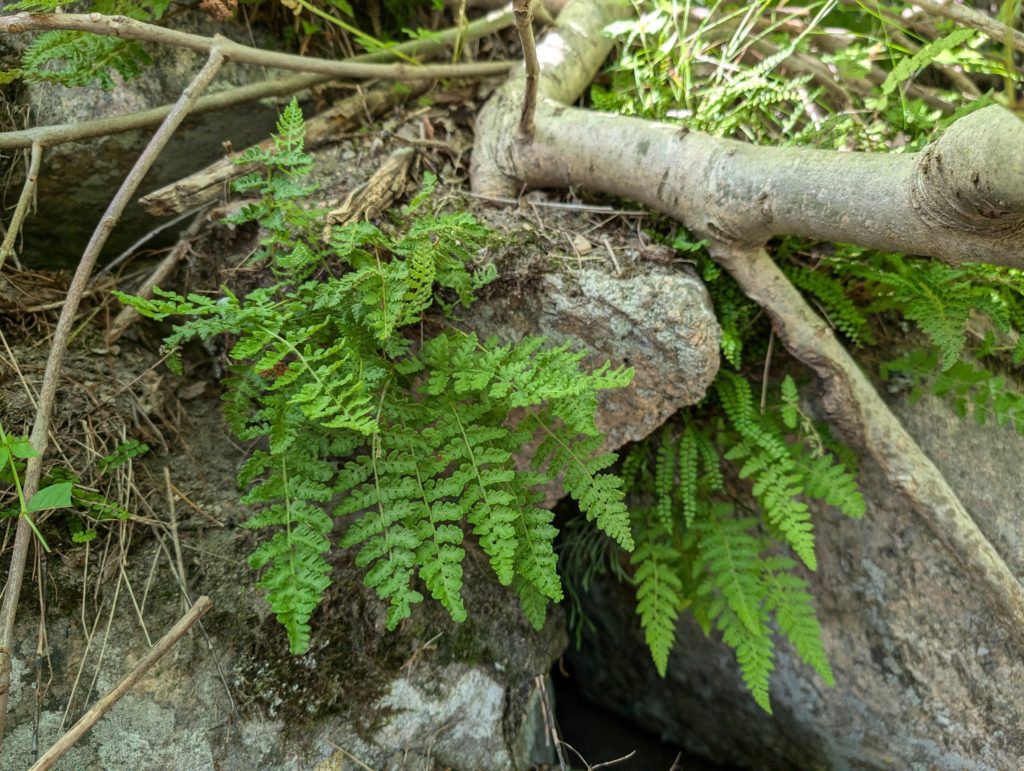
Online biological records for oblong woodsia in southwest Norway show the species is widely distributed from the lowest to the highest elevations. Wilson’s filmy fern, the fern species that is so tied to high humidity conditions, has a very different distribution and clearly hugs the coastline where both humidity and winter temperatures are higher. This alone is enough to show that oblong woodsia is not a species of extreme humidity in the so-called ‘hyper-oceanic zone’ of the western seaboard of Britain and Scandinavia, where annual rainfall can exceed 3 m. The British distribution of oblong woodsia is consistent with this pattern as the Scottish populations are found in central Scotland and not within the Atlantic rainforest zone of the west coast.
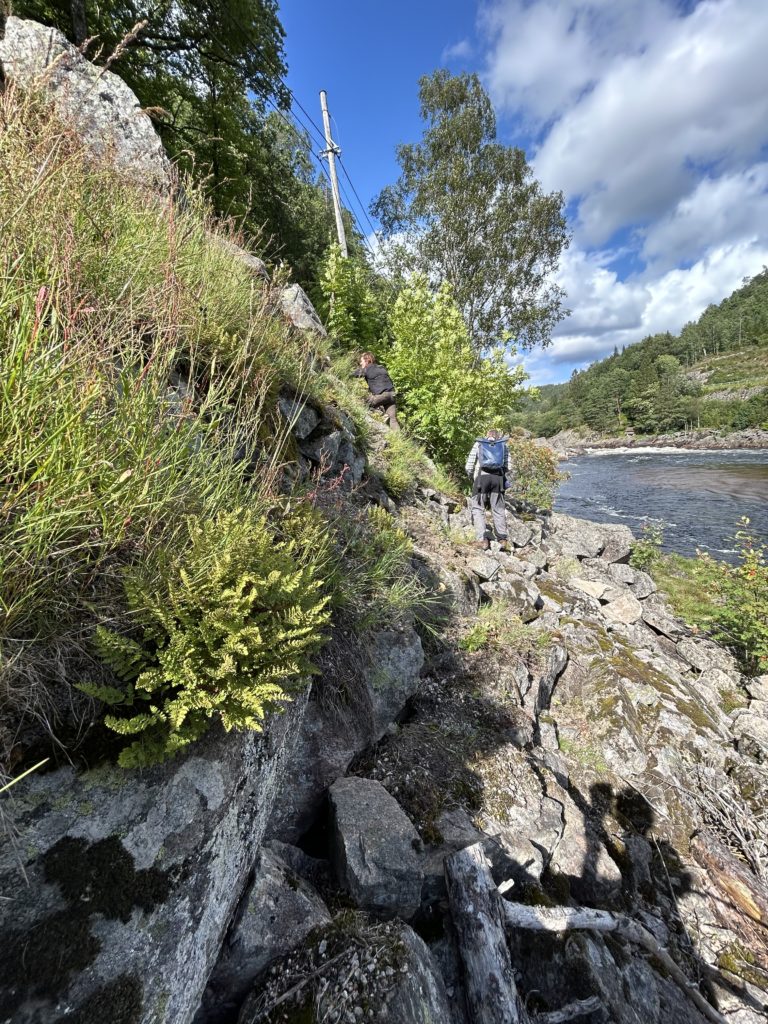
After I left the team a third site was found for oblong woodsia. To add further complexity to the story this sites was of south west facing aspect and the plants were growing from cracks in rock under a light canopy of trees and shrubs. In more shaded areas the fronds were larger, like those in shaded conditions at the second site. Where light levels were higher the plants formed small, compact fronds very like the first site we found.
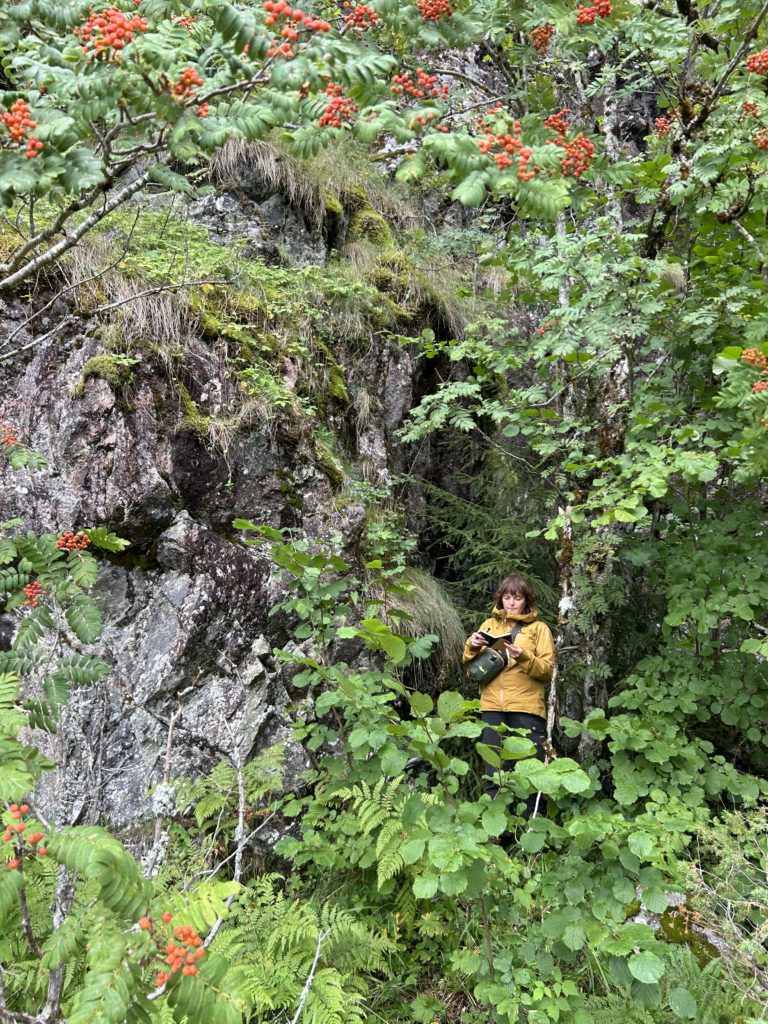
The tentative conclusions that can be drawn from these observations are that oblong woodsia is best planted in open or lightly shaded habitat on rock and crumbling rock that has relatively high humidity due to a northerly aspect, or the mitigating effects of shade in more southerly aspects. Nearby habitats, such as woodlands, and certain landforms may be important in maintaining humidity levels. The chemistry of the rock, as judged by the associated plants, would be neither base-rich (alkaline) or acidic, although several species growing nearby are indicative of more calcareous (alkaline) conditions. Again, more reading and reflection on our records is needed. These initial observation suggest that the view of this species in Britain as growing in ‘exposed’ positions may not be correct and a greater degree of shelter from drying winds and sunlight may be important.
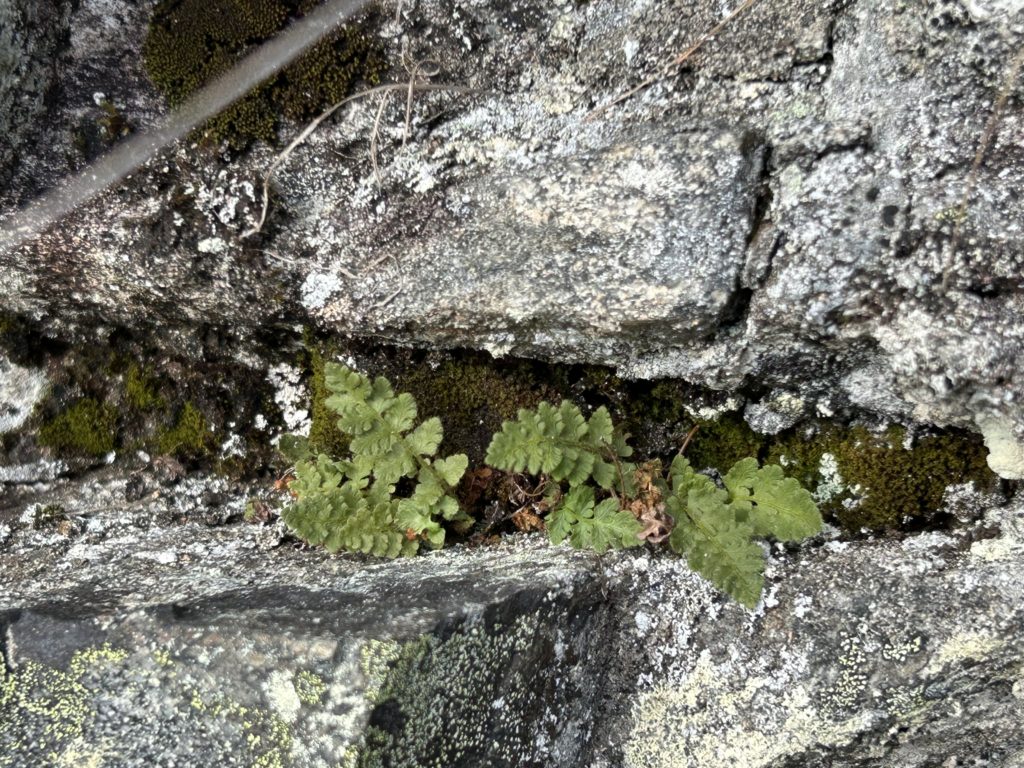
Identifying the niche of oblong woodsia is proving to be a complex challenge. Past reintroductions of this fern in Scotland have failed, suggesting that there was an incomplete understanding of the needs of the species at the time of planting. Only one out of the four of us on the fieldtrip had seen oblong woodsia growing wild before and our collective experience of this fern has been enormously improved by the visit to Norway.
Acknowledgements: The team would like to pass on thanks to the Garden’s Small Projects Fund for supporting the cost of the Norway fieldtrip.


- X @TheBotanics
- X @nature_scot
- X and Facebook @ScotGovNetZero
- Facebook @NatureScot
- #NatureRestorationFund
